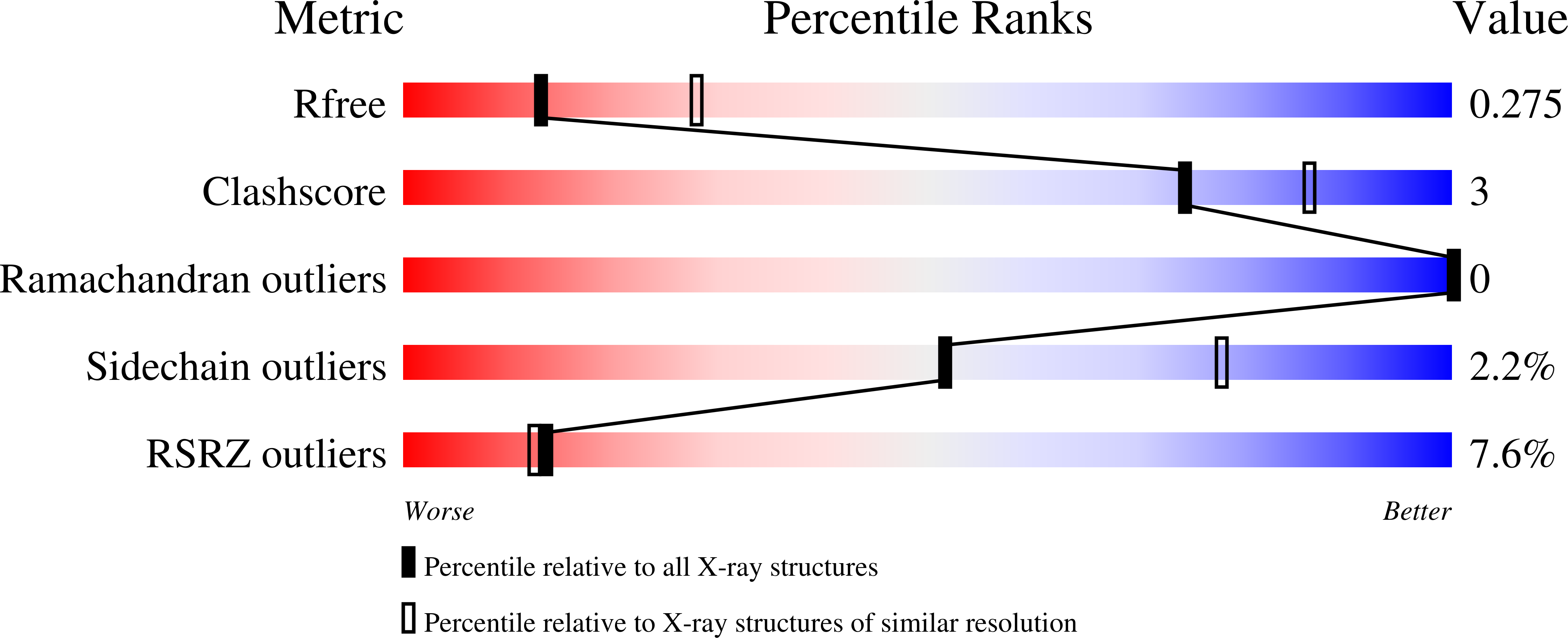
Deposition Date
2015-07-31
Release Date
2016-02-17
Last Version Date
2024-01-10
Entry Detail
PDB ID:
5CZ2
Keywords:
Title:
Crystal structure of a two-domain fragment of MMTV integrase
Biological Source:
Source Organism:
Mouse mammary tumor virus (strain BR6) (Taxon ID: 11758)
Host Organism:
Method Details:
Experimental Method:
Resolution:
2.72 Å
R-Value Free:
0.27
R-Value Work:
0.24
R-Value Observed:
0.24
Space Group:
P 1 21 1


